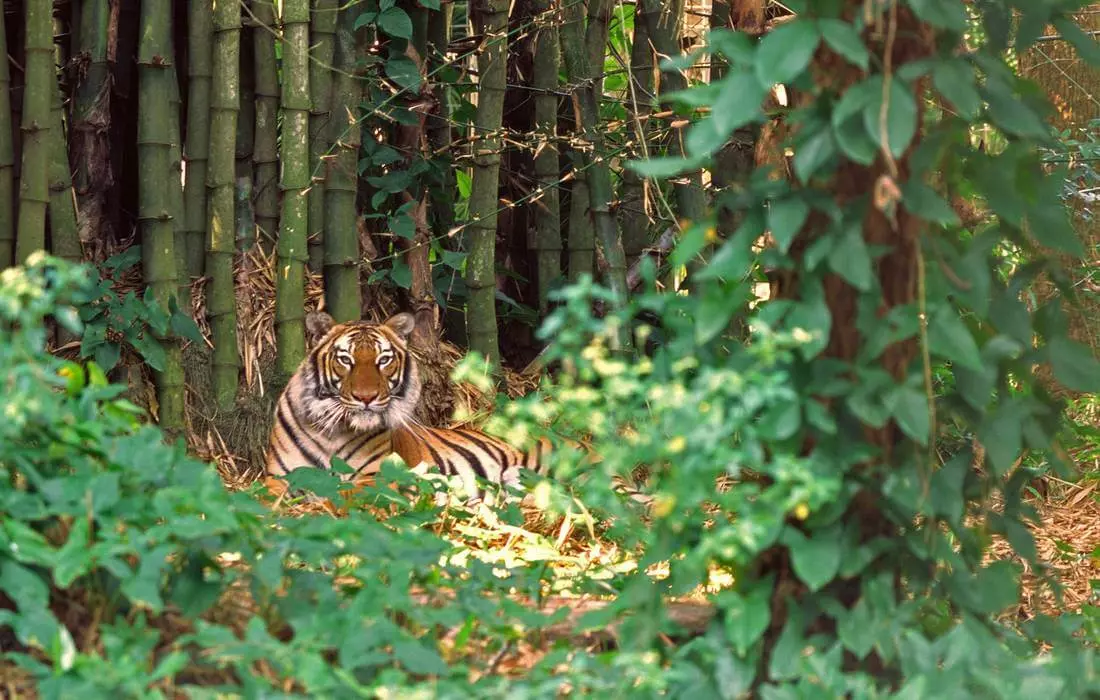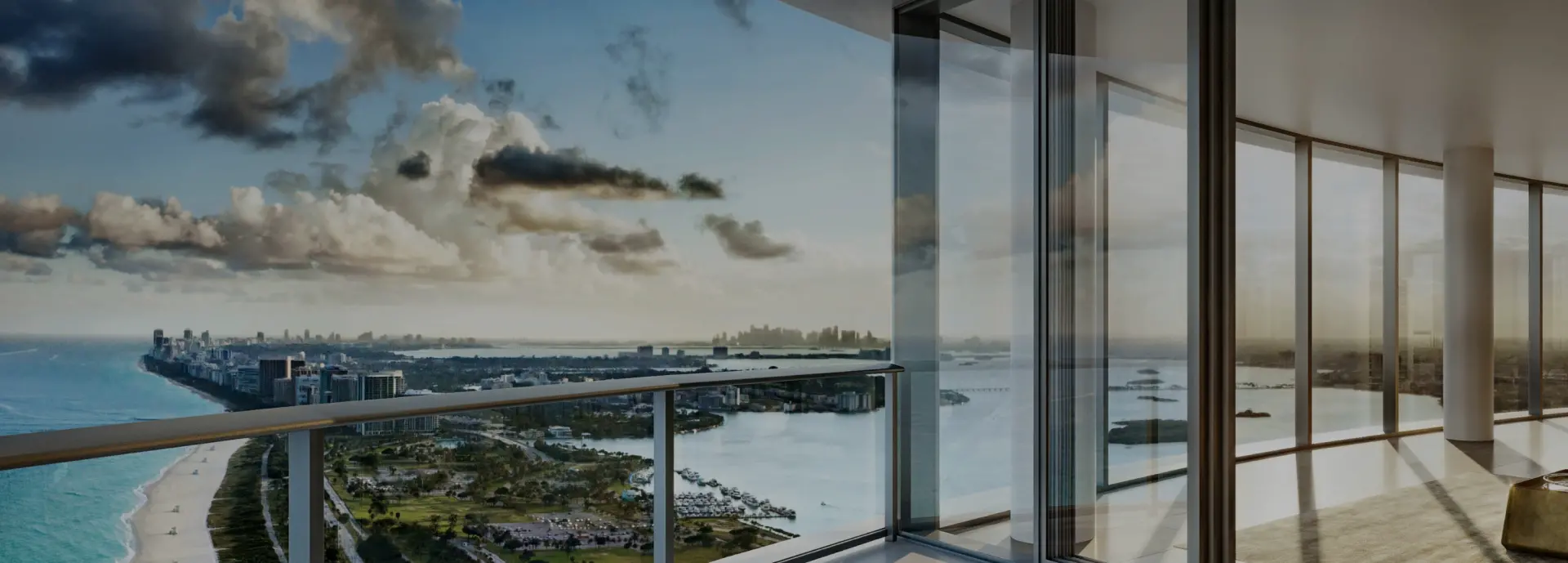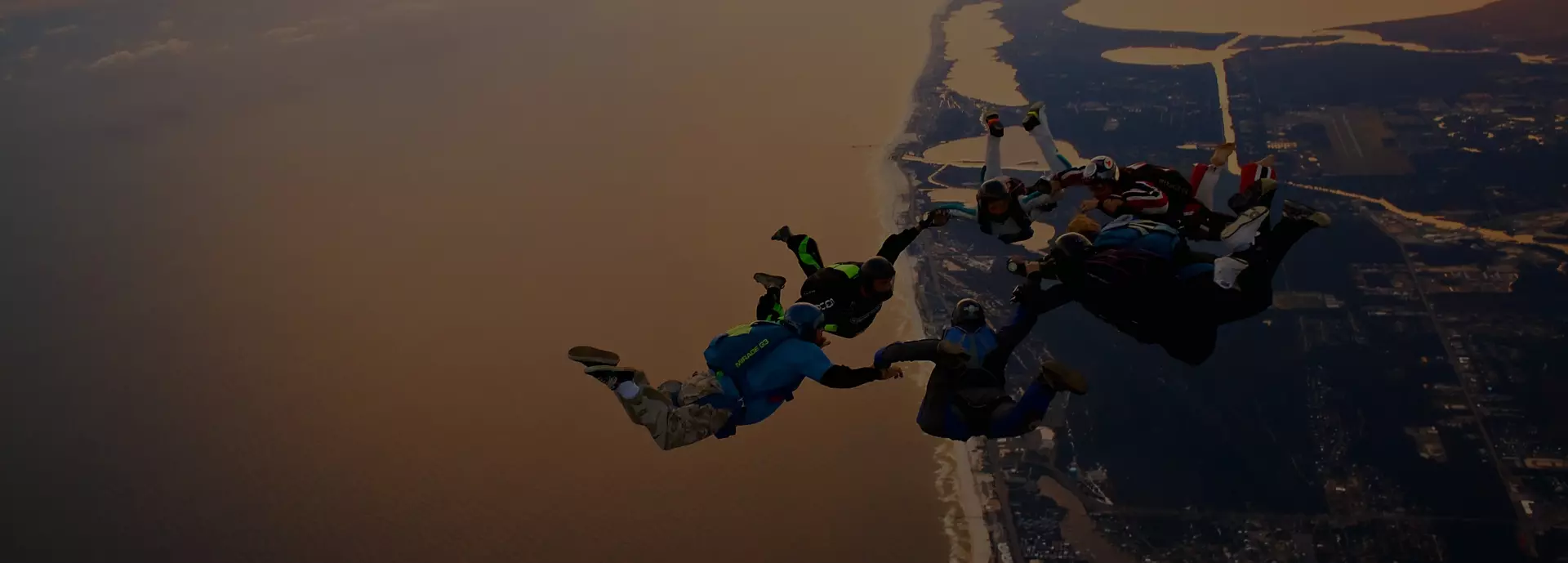The Naples Zoo at Caribbean Gardens is a sanctuary for a myriad of animals, predominantly tropical, as well as a vast collection of plants. It has experienced a dramatic rise, fall, and triumphant revival throughout its nearly century-long history.
The History of Naples Zoo
It all began with botanist Henry Nehrling. In 1919, he acquired land in Naples to prevent the repeated destruction of his plant collection in Central Florida in 1917. At that time, most of Naples was designated for agriculture. Henry broke this tradition by establishing a garden on the farmland with 3,000 species of tropical plants.
Leading scientists and ecologists of the time consulted with the botanist. Among Nehrling's visitors were Theodore Roosevelt, nature writer John Burroughs, horticulturist Liberty Bailey, naturalist Charles Simpson, botanist David Fairchild, and the famed inventor Thomas Edison.
Henry introduced more than 300 new plants to the U.S., including the later popularized caladium. Dr. Witmer Stone from the Academy of Natural Sciences in Philadelphia said of him, "A typical German professor of the old school, courteously and passionately absorbed in his work, he made many friends and was delighted like a child when visitors admired his garden." However, after Nehrling's death, there was no one left to care for the plants, and the garden was neglected. Although the researcher was recognized during his lifetime, and his scientific work continues to receive attention today, it took 20 years for the garden to be revived.
In 1946, yeast dynasty heir Julius Fleischmann Jr. arrived in Naples to make his cultural contribution. Julius's interests were most unpredictable. He was involved in publishing, owned several hotels, was passionate about theater productions and directing, and was one of the most famous yachtsmen in the world. By the early 1950s, Fleischmann began restoring the garden: he cleared paths, removed trash and debris, revitalized old plantings, and introduced many new species. By 1954, the garden was ready to delight visitors once again.

The Tetzlaff Family Era
In 1967, Larry and Nancy Tetzlaff visited the garden while searching for rare animals to add to their collection. The Tetzlaffs were well-known expedition leaders in the Midwest. From a young age, they were fascinated by animals and turned this into a lifelong mission. Together, they traversed lush Amazon rainforests and dusty African roads. During their expeditions, Larry captured the culture and wildlife on film, while Nancy documented everything in photographs.
Upon returning to the States, they shared their findings on television. The couple taught many to appreciate the amazing diversity of nature and the importance of its protection.
After Fleischmann's death, the Tetzlaffs were approached to see if they would display their animals in the gardens. They eagerly agreed. In early September 1969, garden guests were first greeted by a wide array of animals from around the world. Larry Tetzlaff passed away in 1984. Nancy, her family, and staff continued to realize her late husband's vision through exhibits and educational programs. The zoo continued the rich tradition of conservation, funding various projects worldwide, from saving Florida panthers to Madagascar lemurs.
In 2001, Naples Zoo received national accreditation from the Association of Zoos and Aquariums — an organization that sets the highest standards for these institutions. Later, the zoo faced its biggest crisis. Since 1969, the property had been leased from the Fleischmann estate. In 2002, the Fleischmann family, who had inherited the land, announced they were interested in selling the 43 acres of zoo property and nearly 120 acres of adjacent land. In 2004, a referendum was held for voters to decide the fate of the zoo.
Remarkably, 73% of the city's residents approved the purchase of the land. The Tetzlaffs transformed the zoo into a charitable organization and transferred control to a new board of directors. This change allowed the community to preserve its historic trees and the zoo, which live on to this day.

What to look
At the zoo today, you can find dozens of species of exotic birds, wild animals, and hundreds of species of rare tropical plants. These are distributed across various zones, each tailored to specific species. Here are some of the most interesting ones for you.
Alligator Bay
Annually, various migratory birds nest in the trees above Alligator Bay, adjacent to this area. The birds protect their chicks from predators, which stay away due to the giant alligators nearby. Among the nesting species are:
- Blue, tricolored, and snowy egrets;
- Anhinga;
- White ibis;
- Common gallinule.
Many other species have been spotted in this area, but nests have not yet been confirmed.
African Oasis
The African Oasis is located on the south side, opposite Alligator Bay. This area is home to many African animals, including:
- Crested porcupines;
- Gazelles;
- Kudus;
- Miniature zebus;
- Bongo antelopes;
- Giraffes;
- African grey parrots;
- Leopard tortoises.
Lake Victoria
Lake Victoria contains several islands inhabited by primates. Visitors can see these islands up close by taking a 20-minute expeditionary cruise on one of the catamarans across the lake. Most species on these islands are threatened with extinction in the wild.
Black Bear Hammock
The black bear exhibit consists of two separate habitats: the first simulates a natural environment, the second simulates the backyard of a private home. This is the largest black bear exhibit in the state.

Additional Information
-
Address
1590 Goodlette-Frank Rd, Naples, FL 34102
-
Phone
+1-239-262-5409
-
Cost of
- Adults: $ 22.95
- Elderly (from 65 years old): $ 21.95
- Children (from 3 to 12): $ 14.95
-
Website
| Address | 1590 Goodlette-Frank Rd, Naples, FL 34102 |
| Phone | +1-239-262-5409 |
| Cost of |
|
| Website |
Visiting the Naples Zoo is not just an exciting adventure into the world of wildlife but also a unique opportunity to immerse yourself in the beauty of the Caribbean Gardens, where every corner hides its wonders. This zoo is the perfect place for family outings, educational tours, and personal encounters with the amazing world of animals.
Thank you for joining us on this journey of discovery. We hope your visit leaves an indelible impression and prompts reflection on the importance of preserving nature and its inhabitants. We invite you to continue exploring and appreciating the wonders of our planet with American Butler by booking a sightseeing tour of Naples.
































